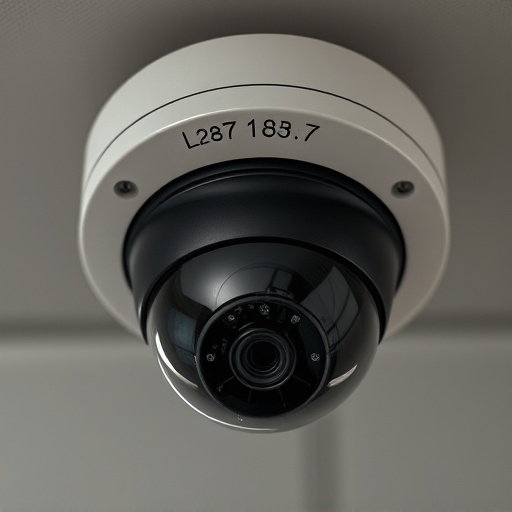Indoor Fake Dome Bullet cameras offer a cost-effective, discreet security solution for retailers. Their dome shape and metallic finish mimic traditional bullet cameras, allowing them to blend into retail environments while providing high-resolution footage, motion detection, and night vision. The main differences between domed and bullet cameras lie in visual appeal and deployment strategies, catering to open areas or specific zones within high-traffic sections. Strategic placement at eye level enhances deterrence for shoplifting, creating a layered security system that balances cost-effectiveness with comprehensive coverage. Understanding the Indoor Fake Dome Bullet Differences is crucial for informed decision-making in retail surveillance.
“Enhance your retail store’s security without breaking the bank with mock security cameras, specifically indoor fake dome bullet cameras. This comprehensive guide delves into the unique features and benefits of this surveillance solution, highlighting its key differences from other types of mock cameras. From understanding the technology to implementing best practices, learn how these indoor fakes can deter theft, improve customer experience, and offer a cost-effective security boost.”
- Understanding Indoor Fake Dome Bullet Cameras
- Key Differences Between Mock Security Camera Types
- Best Practices for Retail Store Surveillance with Fakes
Understanding Indoor Fake Dome Bullet Cameras
Indoor Fake Dome Bullet cameras offer a cost-effective and realistic alternative to traditional security systems. These cameras are designed to mimic the appearance of real bullet cameras, with their distinct dome shape and often-striking metallic finish. Understanding the Indoor Fake Dome Bullet Differences is crucial for retail stores looking to enhance their security without breaking the bank.
Unlike conventional security cameras that can be easily identified, fake dome cameras blend seamlessly into their surroundings. Their indoor suitability makes them ideal for retailers who want to avoid drawing unwanted attention while still maintaining a robust security presence. These cameras capture high-resolution footage, ensuring clear images for surveillance purposes, and some models even include advanced features like motion detection and night vision capabilities.
Key Differences Between Mock Security Camera Types
In the realm of retail security, distinguishing between genuine and mock cameras is paramount. Among the various types of fake security cameras, Indoor Fake Dome and Bullet cameras stand out due to their distinct features. The Indoor Fake Dome variant offers a subtle yet effective solution, designed to blend seamlessly with interior decor while still providing clear footage. Its dome shape ensures a wide field of view, making it ideal for monitoring larger spaces. On the other hand, Bullet cameras are known for their compact and discreet design, often mounted on ceilings or walls, offering a more focused but less obtrusive surveillance experience.
When considering Indoor Fake Dome Bullet differences, the primary distinction lies in their visual appeal and deployment strategies. Domed cameras provide an all-encompassing view, making them suitable for open areas and entrances. In contrast, bullet cameras are better suited for specific zones due to their directional focus, but they offer a more subtle presence, which can be advantageous in high-traffic or sensitive retail sections.
Best Practices for Retail Store Surveillance with Fakes
When it comes to enhancing retail store surveillance, utilizing mock security cameras, or fakes, can be a strategic move. Unlike traditional cameras, indoor fake dome bullet cameras offer distinct advantages for retailers. These replicas blend seamlessly into the environment, acting as powerful deterrents without revealing their true purpose. The subtle design allows them to be placed in various strategies around the store, providing comprehensive coverage.
Best practices involve positioning fakes at eye level or slightly above, mimicking real camera locations. Their realistic appearance can significantly reduce shoplifting and create a sense of security. Additionally, combining fake cameras with genuine ones creates a layered surveillance system, enhancing overall store safety. Understanding the Indoor Fake Dome Bullet Differences ensures retailers make informed choices, balancing cost-effectiveness with quality and performance.
Mock security cameras, specifically indoor fake dome bullet types, offer a cost-effective and adaptable surveillance solution for retail stores. By understanding their key differences and implementing best practices, business owners can enhance store safety without breaking the bank. Investing in these realistic fakes allows retailers to maintain a secure environment while also promoting a sense of awareness among potential shoppers and employees alike.
